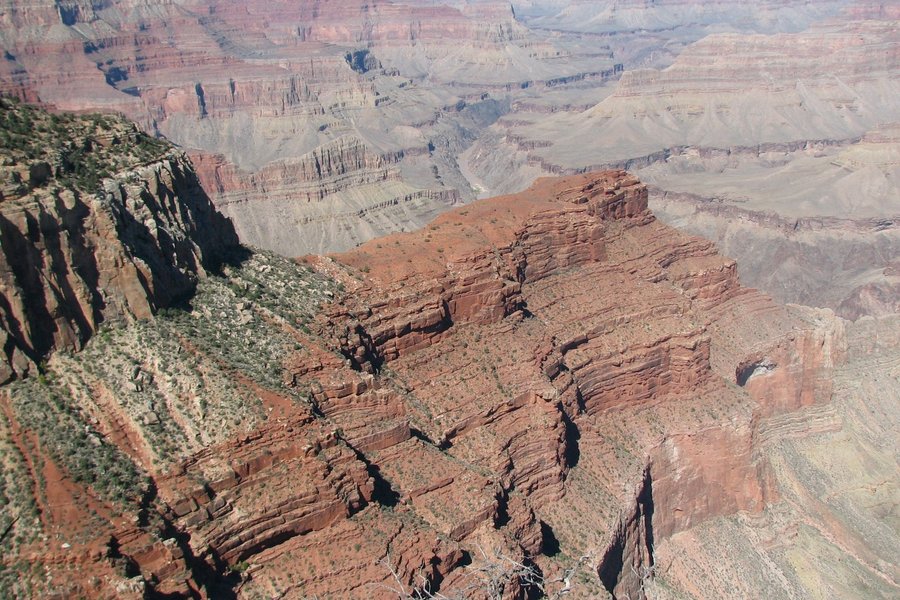
The Grand Canyon is just GRAND! I love this part of SW US; if you look at the whole area, starting with Bryce and it's hoodoos (eroded sandstone formations), then go south to Zion Natl. Park (eroded granite) and continue south to the north rim of the Grand Canyon (eroded everything), you can get the whole picture of what has happened by water and wind to this entire area. Throw in Monument Valley, the Painted Desert (multi-colored), the Vermillion Hills (purple)and on south to Sedona for a spiritual finish. This was a great 10 day trip, with a bush w/ hundreds of hummingbirds and beautiful hikes. Stay in Springdale,UT and the Northridge Lodge, if you get the chance.
Keep reading 0 comments
I've been here last X'mas and stayed overnight.basically entering there but educational and scientific study and some eco tour that is managed by NGO especially burmese refugee suport organization.very beautiful place,if you're lucky,you could see wild peacock and tiger!in the rainy season rivers overflow with much rain.i recomend you wake up early and see fog sea from the mountain.
Keep reading 0 comments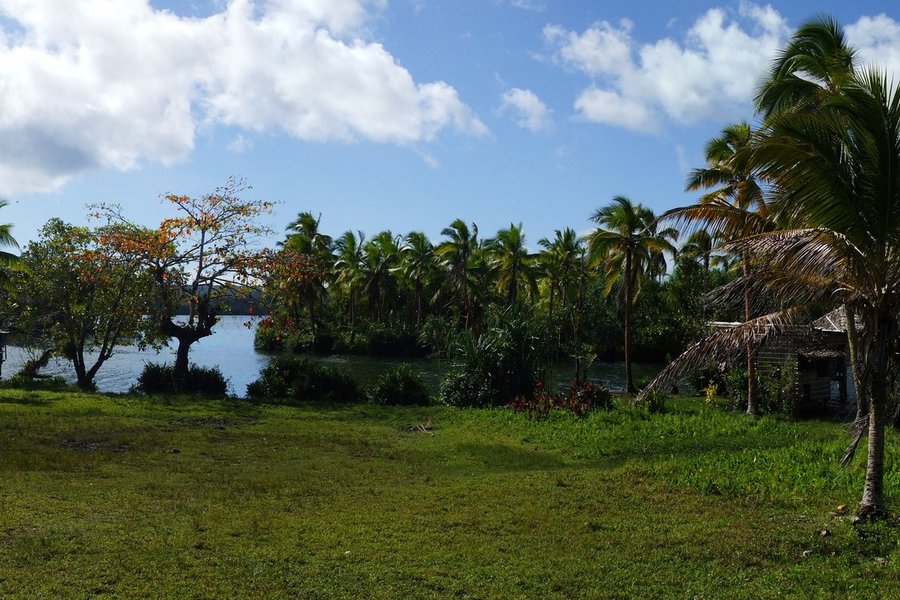
Rennell is beautiful!! As an environmental scientist, living and working in the Solomons, I was amazed at the beauty and diversity of Rennell and the lake. However, logging and bauxite mining has been on the cards of the locals in West Rennell, and many in East fear it will destroy their World Heritage Listing. There is great potential for alternatives, as my work is attempting to currently faciltate, but without the understanding of Australian and European nationals, I fear the island could be lost to a cash-economy.
Keep reading 0 comments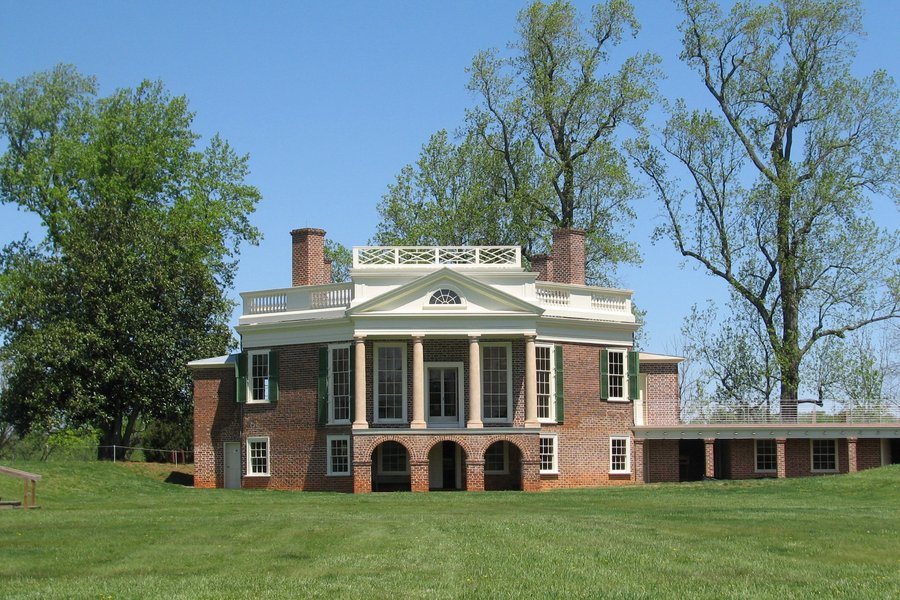
To be in the Washington area and not to take the relatively short trip to Charlottesville, Virginia, is really to miss a great sight. Monticello is one of the most famous residences in the world, and rightly so, since its constructor, Thomas Jefferson, was not only a politician, but also a Renaissance man of the highest order, with numerous hobbies and interests, all of which can be noticed at Monticello. The day I visited was unfortunately very foggy and rainy, but I hear you can see the Blue Ridge Mountains very well from there on a sunny day... Be sure to make the short walk to Jefferson's grave to admire his modest tombstone. He didn't want to be remembered as America's 1st Secretary of State, 2nd Vice President, or 3rd President, but rather as "Author of the Declaration of Independence, of the Statute of Virginia for Religious Freedom, and the Father of the University of Virginia". The latter can be visited as well, and is an interesting example of a classic American university with great architecture (especially the Rotunda). Nearby, the historic Michie Tavern is a touristy, but interesting place to shop and eat.
Keep reading 0 comments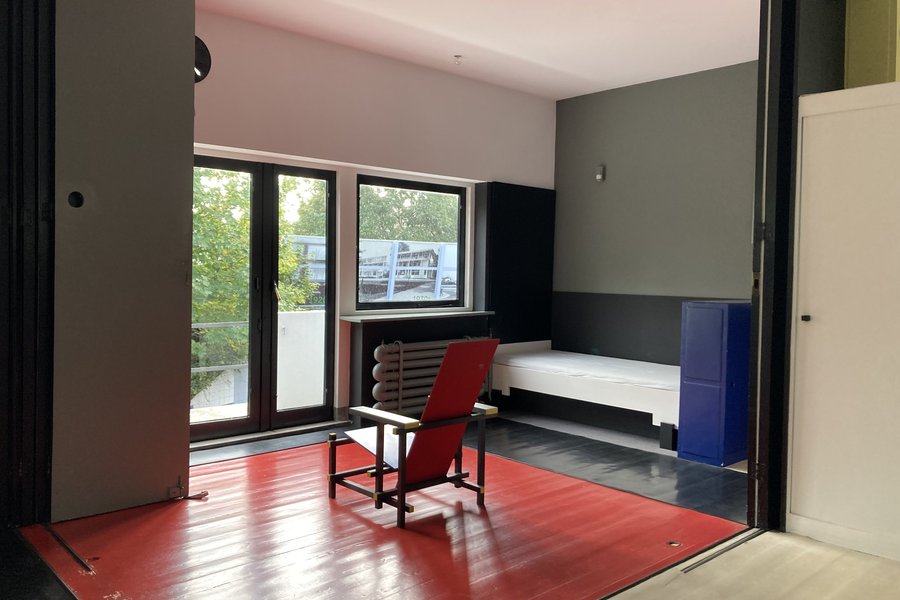
I like the efficiency of space in the house and impressed by the detail touch of the designer inside the house that showed how smart and thoughtful he was. The house is very contrast with other houses in the area, which makes it very unique. Unfortunately the highway ruined the initial beautiful view and landscape surroundings.
Keep reading 0 comments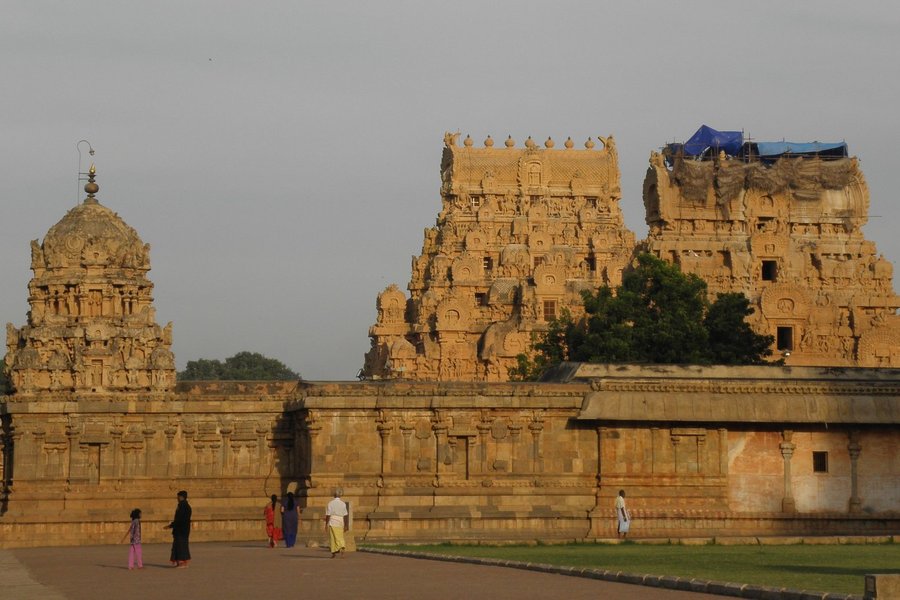
The brihadisvara temple is magnificent.
I was there every evening Puja,for darshan Of the giant Lingam,for three days,and on millenium eve.
To have been at the foot of the biggest lingam in India, in one of the most spectacular stone temples in the world was a very special way to turn a millenium.
I hope to return this lifetime.
if you are near or in tanjore dont miss it!
Keep reading 0 comments
I spent 6 months in 2003 at City of Bath as a Socrates-Erasmus student. This wonderful city created an lovely impression at me.
Its clean green parks, street entertainers, helpful people and Abbey Churchyard are forever written in my mind. Daily Bath is quite busy and full of tourists but City Centre at night is such a silent, amazingly lit and romantic place!
It is worth visiting for everyone!
Keep reading 0 comments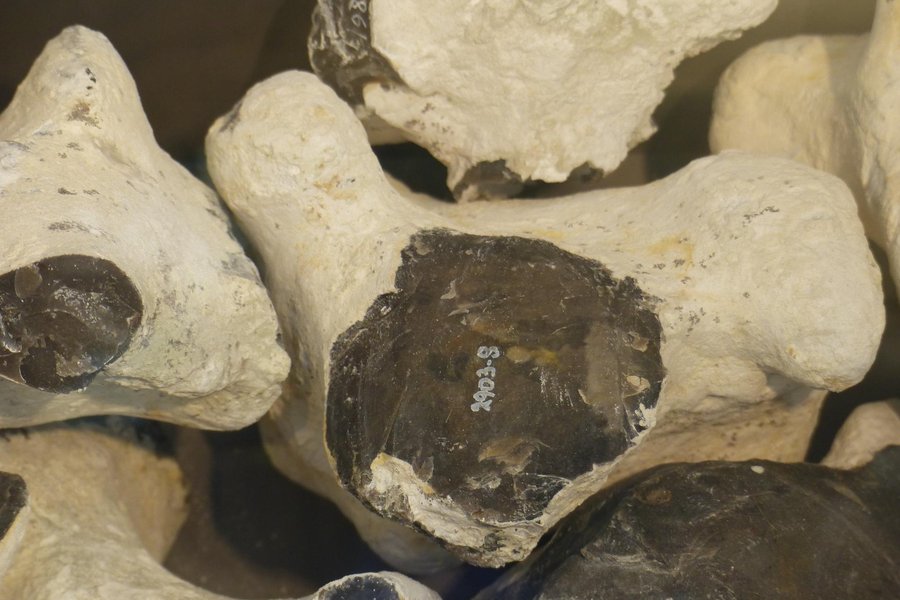
Visited the site a few weeks ago. We found the on site archeologists very informative.Helene Collet afterword followed us to the museum to share more information. This area is a great experience for anyone interested in pre- history and flint technology.
Terry Keefer
Keep reading 0 comments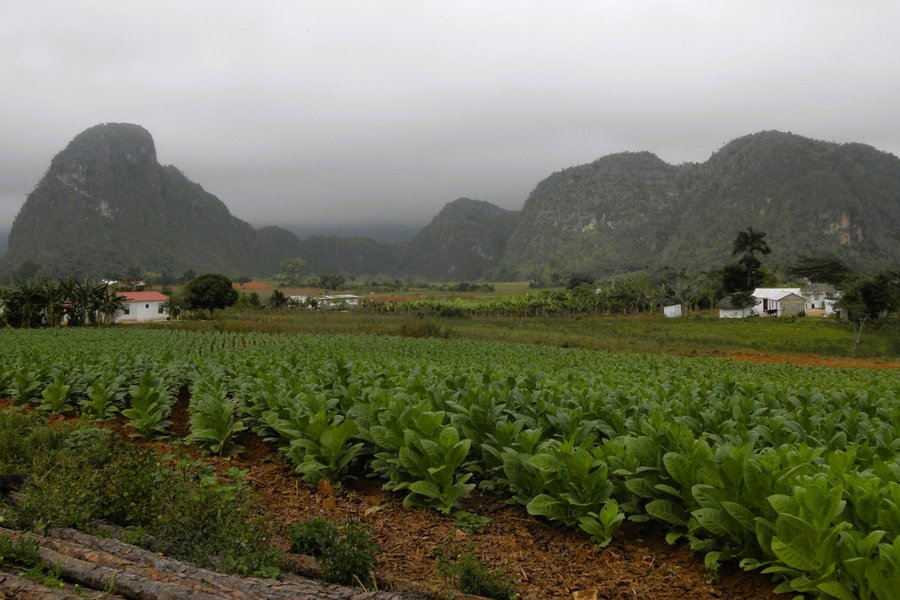
Accorfding to UNESCO, Vinales is on the list because "traditional methods of agriculture (notably tobacco growing) have survived unchanged there for several centuries. The region also preserves a rich vernacular tradition in its architecture, its crafts, and its music." Unfortunately these are the kinds of qualities that are not always easily discernible to the passing tourist as I was in 2001 when I visited. It is set in a Karst landscape that was visually intersting - but that was before I visited Halong bay and the Gulin/Yangshuo area of China. My friends and I had a pleasant stop there at a local homestay, where we had the best food we ate in Cuba (not much competition though I'm afraid). If you have a particular interest in
Cuban culture, tobacco growing, or are passing that way anyway, Vinales town is worth a stopover, but I wouldn't plan a holiday around it.
Keep reading 0 comments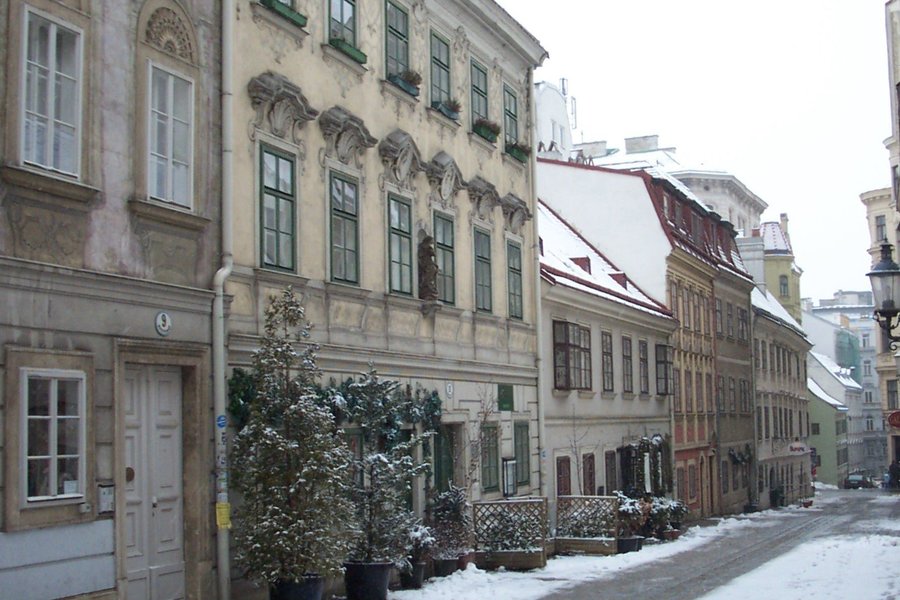
Vienna, like Prague and Budapest, is a profound experience. Many commentators will describe the beauty of its baroque architecture, and endless other qualities. While these descriptions are often very accurate, one of its stand-out qualities is its people. I have been to Vienna several times and will be returning very soon because of the Viennese culture. My experience has been that the Viennese are, while relatively wealthy, particularly friendly. The Viennese are both gentile and sophisticated. I can only urge anyone who is travelling to Europe for the first time to start your European experience in Vienna.
It would not be possible to properly explore Vienna under 4 nights or 5 days. Must see in Vienna; walk and walk the entire 1st District. This includes Hofburg Palace and St. Stephen's Cathedral. Also The Abertina, Belvedere and Schonbrunn palaces, and definitely a performance at Motzarthaus.
Best time to go to Vienna. Anytime, but I love Vienna in the snow, but Spring is breathless, particularly Belvedere and Schonbrunn.
Last, please learn some basic German, even it's to say please or thankyou!
Keep reading 0 comments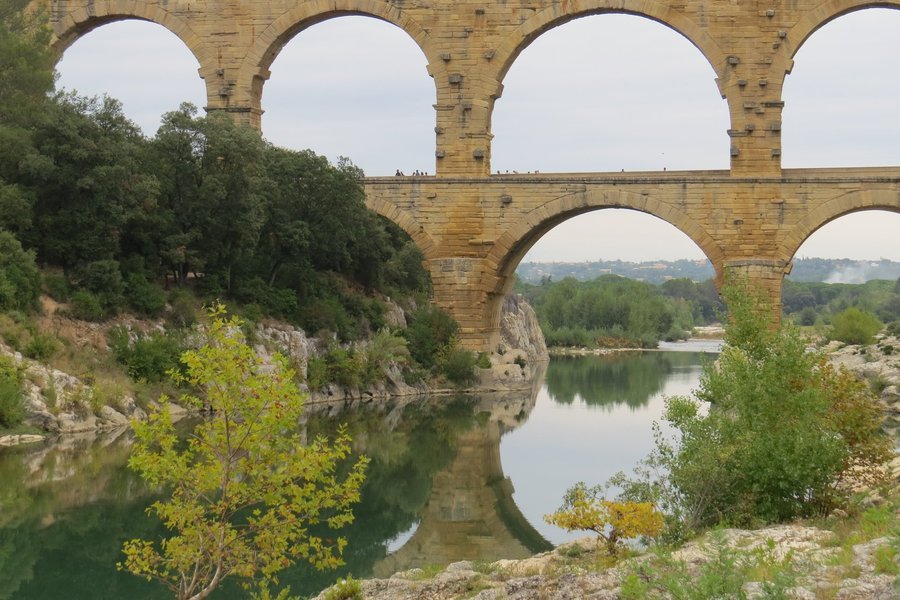
Each time we have visited the Pont du Gard (Bridge over the Gard River), ten or twelve miles northeast of Nîmes, the weather has been sparkling clear, but rain or shine, it’s an awe-inspiring structure. The aqueduct was built without mortar between the stones (some weighted six tons), and we know engineering codes wouldn’t permit that these days. Of course it’s most likely that structures built under our engineering codes won’t last 2,000 years, either.
The first times we were here we were able to drive across the bridge with no problem, but on our fourth visit, police had blocked access to the road. The next morning, the police were gone, and we again drove across the Pont du Gard. Why is that so exciting, since we’ve done it a couple of times? Well, who else do you know who has done it even once?
From our book, Invitation To France (Google)
Keep reading 0 comments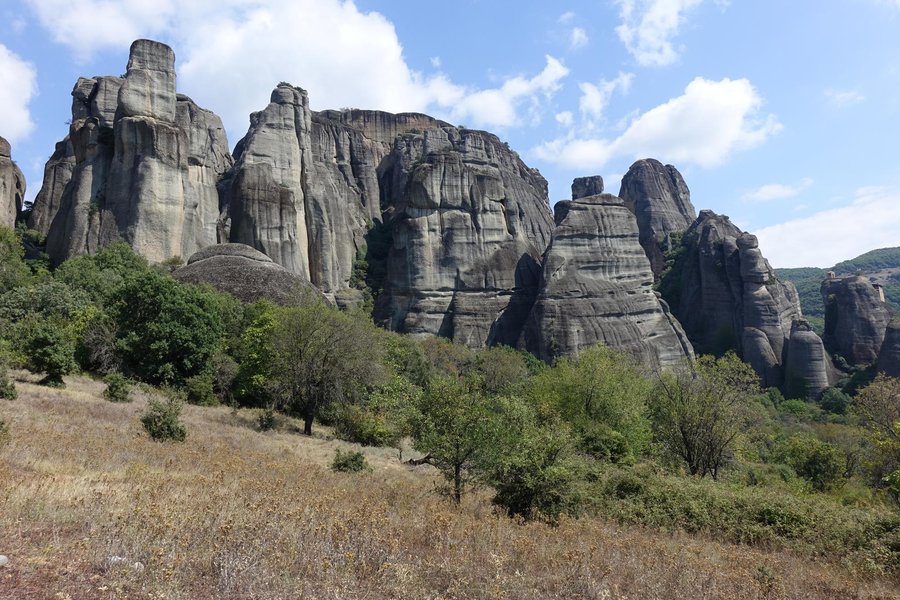
Metéora consists of about 60 huge columns of rock, up to 984 feet high, many large enough for a monastery to be built on the top. Starting about the year 1000, and extending into the 1500’s, 24 monasteries were built, but now only four are inhabited. Since the monks wanted to be alone, until recently access was by means of very long ladders or a basket or net suspended on a rope. Now they have added staircases with hundreds of steps, but for a tourist, it’s well worth the climb.
The large monasteries look tiny on the tip of these peaks. Drove up the steep twisty hairpin roads stopping to take pictures, and stopping for breakfast overlooking The Varlaám monastery, a little below the Megálo Metéoro, the largest of the group of monasteries. We later walked up hundreds of steps to visit these two ancient sites.
Keep reading 0 comments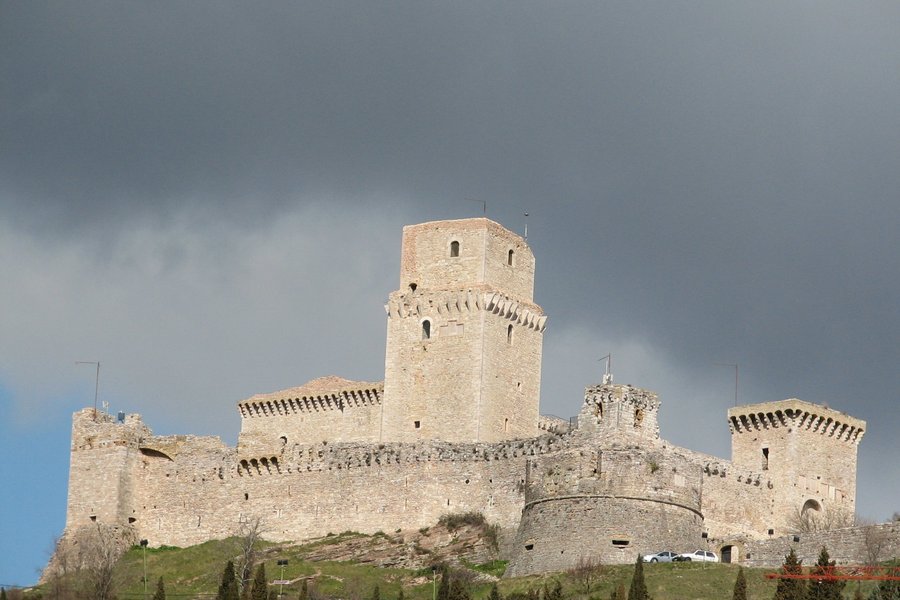
Ceramic tile was being removed from the floor in a large room in a building near the St. Francis’ Basilica. The workmen happily insisted we take a full piece of tile as a memento of Assisi. It’s right beside Jim’s computer, used every day as a coaster.
But surprise of all surprises, there was a two-story, canopy covered escalator, leading up the hill from the parking lot. At the top of the escalator we walked higher through the town, then turned and walked down, down and down the hill, snaking through this most unusual city. Fruit and vegetable vendors filled market squares, pink stone houses and stores lined the narrow walkways.
In spite of what we missed by not parking near the Basilica, parking in that upper lot, riding the escalator up the hill, then walking those miles down the hill through Assisi, was one of the best travel ideas we ever had even if it was just an accident.
From our book, Invitation To Italy (Google)
Keep reading 0 comments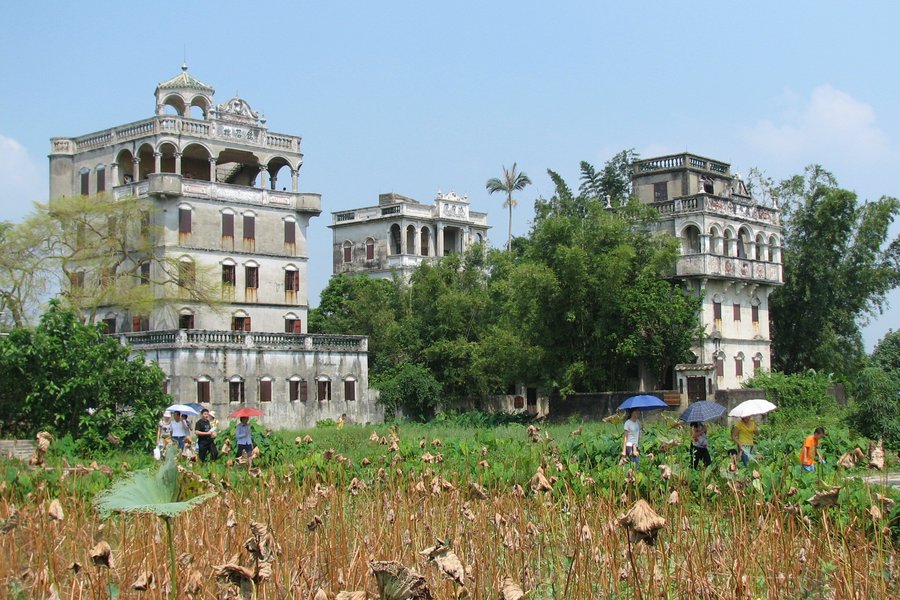
A Japanese friend and I went last January. Kaiping is warm and sunny even if it's winter.
We went to Ruishi Lou, Zili Village and Majianglong. Best way to see all the sites is to hire a private car.
Two buses leaves for Hongkong everyday (four hours away).
Keep reading 0 comments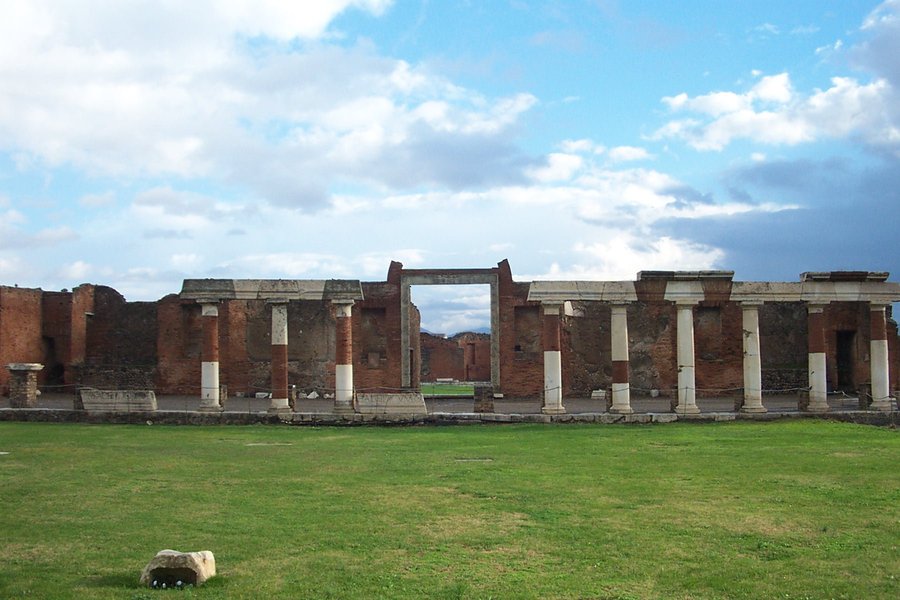
The first thing that impressed Jim about Pompeii was its location. How did the city planners, in several centuries BC, know just where to place Pompeii so that 2,000 years later it would be at an off-ramp of the Autostrada, next to a railway station, hotels, and the campsite. That’s careful planning.
It’s interesting to note that Pompeii’s amphitheater, and the two theaters, are perhaps the most complete structures of their type to have survived the ages. Since they were buried below the ash of Vesuvius, they did not suffer the destructive power of wind and rain, and stones could not be quarried and stolen for other building projects, as happened elsewhere.
A housing shortage in Italy resulted in most young people living at their parent’s home, rather than in their own apartments. The well-dressed young people in nice cars were waiting an hour or so to rent a room in the Pompeii campground for an hour or so, or maybe after such a long wait, just a few minutes or so. How romantic!
From our book, tation To Italy (Google)
Keep reading 0 comments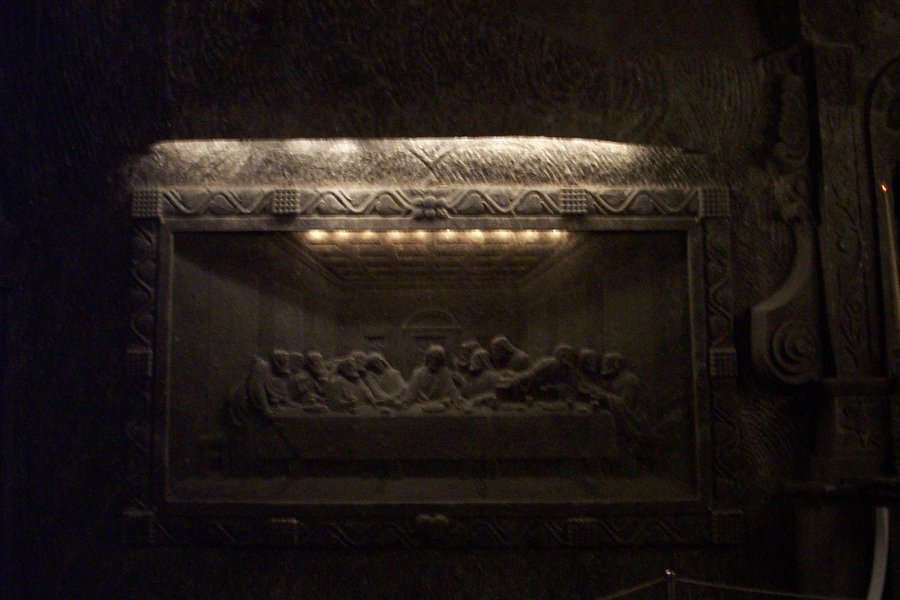
Many caverns/galleries contain works of art, often altars and statues sculpted by miners/artists. We visited several levels by stairs or elevator, and saw many works of art, carved entirely out of salt.
Most spectacular was the Blessed Kinga Chapel, carved in one of the largest galleries. There were beautiful three dimensional 'salt' statues, such as the 'Last Supper'. The floor looked like a carefully laid tile design, but further examination shows it's salt carved to look like individual tiles. The huge chandeliers in this Cathedral are made of salt, each consisting of many dangling salt crystals.
Keep reading 0 comments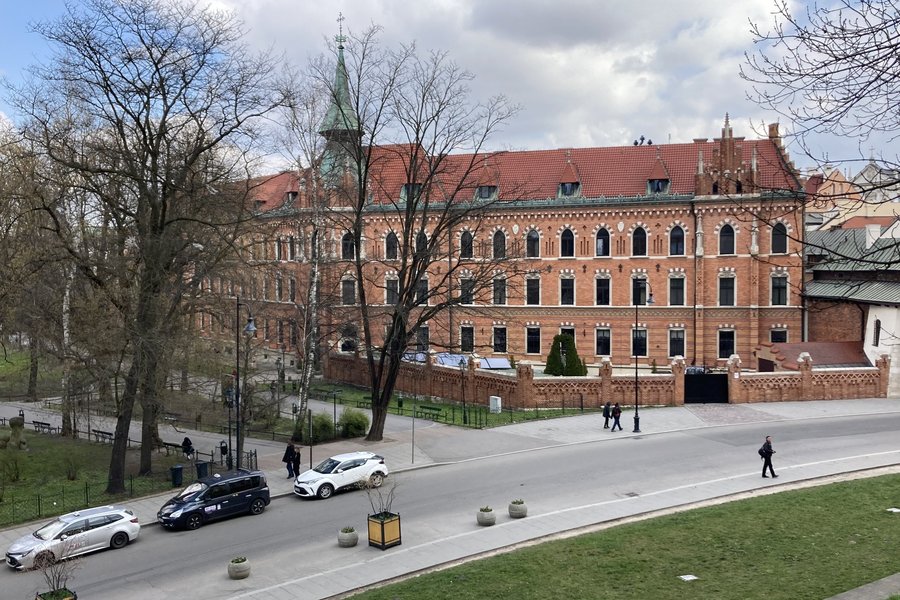
As we walked toward the city center of Kraków, Poland, we heard the famous Kraków bugle call from the tower of the Church of St. Mary. During a war with the Tartars (from western Asia) in 1297, while the Polish bugler was sounding a call, an arrow was shot through his throat, stopping the call in mid-note. In a few moments another soldier picked up the horn, and continued the call, and that is what you hear today — a bugle call, an interruption, then the bugle call continues.
At noon on Saturday the bugle call is sounded over radio stations in Poland. One year as we sailed the Atlantic from Rotterdam to Montreal on the TSS Stefan Batory, at noon on Saturday, the bugle call sounded over the ship’s PA System.
Keep reading 0 comments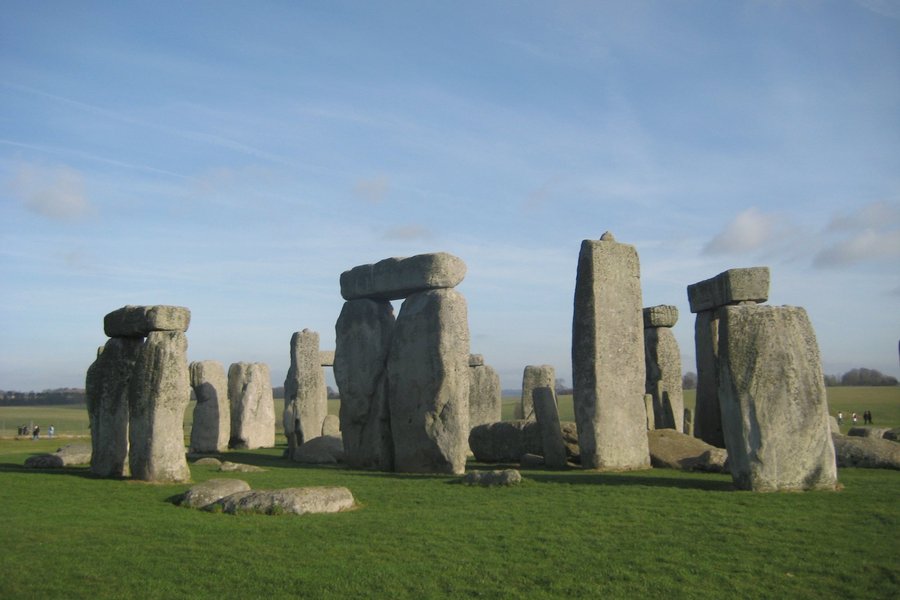
Only a few of the original huge stones are still standing, so it's difficult to say more than Stonehenge consists of huge (twenty-five feet tall, twenty-plus ton) rocks that were put in place 2,000 to 5,000 years ago.
When did someone first notice a characteristic that connected the stars, the moon and the position of the sun, with the seasons? How was the information 'recorded' and passed from generation to generation?
Did two different groups of people (Stonehenge, and Carnac, France, separated by the English Channel), study the sky, come to the same conclusion, and use huge stones to build astrological installations? Or did members of one civilization cross the channel, and transplant the knowledge that must have taken many generations to perfect?
References we have read do not indicate a connection between Carnac's Avenues and the Great Circle at Stonehenge, but the use of huge stones, and the apparent astronomical purpose are certainly similar.
Keep reading 0 comments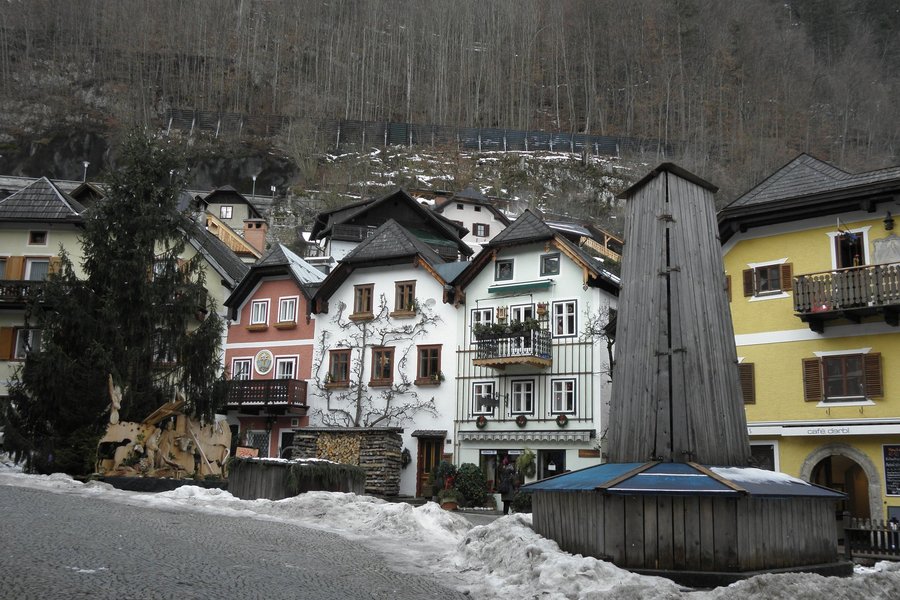
When we arrived in Hallstatt, we knew we had found one of the more beautiful places in the world. Pictures of Hallstatt, a picturesque, beautiful lake-side village, are often used for a calendar, a jig-saw puzzle, or a greeting card.
People have lived here for 3,000 years, and it's easy to see why. There were 6 or 8 waterfalls and streams coming down the mountain, through the town. They had built garages on stilts, out over the water, to keep the boats protected from the weather.
Next to one church, a couple flights of stairs lead to the town cemetery. Each grave is a separate, detailed, trimmed, precision flower garden. The "gravestones" are crosses covered by a little roof, and many display a photograph of the person buried there.
Keep reading 0 comments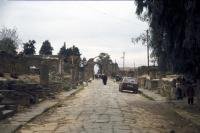
Bosra is a very strange “ruined town”. Its remains are primarily Roman and its star attraction is the well preserved 15000 seat Roman theatre. What is slightly disconcerting when visiting the place is the intermingling of current dwellings and ruins. People live inside the city walls in houses which either are or are partly built from or are next to “old” buildings. The streets still seem to be paved as in Roman days – yet have clapped out old cars parked in them (photo!).
The city is located south of Damascus close to the Jordanian border in an area you are unlikely to visit to see anything else and, in my view is only worth a visit if you can either
a. take it in if crossing at Dera to/from Jordan
b. are determined to pick up all the Syrian WHS!!
Keep reading 0 comments